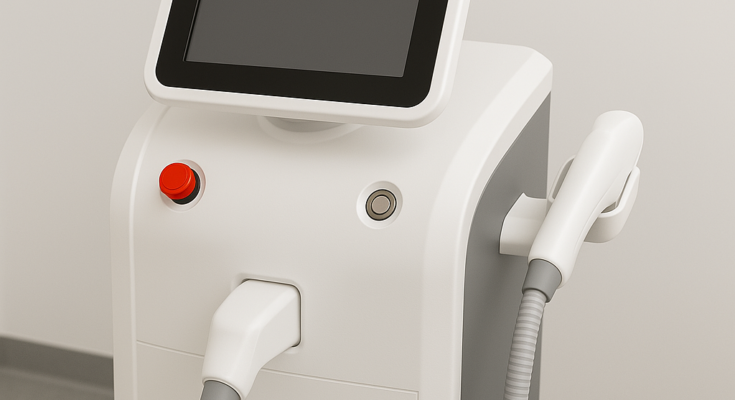Laser Hair Removal: Breaking Down Costs, Myths, and Lasting Results
For millions worldwide, the quest for smooth, hair-free skin has evolved from endless shaving and waxing to a more modern solution: laser hair removal. But how much does it really cost, and what makes it worth the investment? Let’s dive into the facts, dispel the myths, and explore why this treatment has become a go-to for ditching razors and embracing confidence.
Understanding the Cost
The price of laser hair removal isn’t one-size-fits-all. It hinges on two key factors: the size of the treatment area and the number of sessions required. Smaller zones like the upper lip or underarms typically cost between 50-100 JOD per session, while larger areas like the legs or back may run higher. Most people need 3-6 sessions, spaced a month apart, to achieve optimal results. But why the variation? Your skin tone, hair color, thickness, and even hormonal health play roles. Darker, coarser hair on light skin tends to respond fastest, but advancements in laser technology now cater to diverse skin types.
The Laser Boom: Accessibility vs. Safety
Once confined to clinics, laser devices now populate salons and spas globally—but not all are created equal. Over 90% of laser use targets hair removal, with devices ranging from high-end medical-grade systems to cheaper, less reliable models. The catch? Proper cooling mechanisms are vital to prevent burns and pigmentation. Some centers cut corners by reducing cooling features, risking side effects. Always choose reputable clinics with trained professionals and FDA-approved devices.
Why Unwanted Hair Happens
Excess hair isn’t just a cosmetic nuisance—it’s often rooted in deeper causes:
- Genetics: Family history of thick or dark hair.
- Hormonal Imbalances: Conditions like PCOS or thyroid disorders.
- Medications: Steroids or hormone therapies.
- Environmental Factors: Hormones in food (e.g., poultry, produce).
- Tumors: Rarely, hormonal-secreting growths.
In our fast-paced world, pollution and dietary hormones have spiked cases of facial and body hair in women, driving many to seek lasting solutions beyond temporary fixes like waxing or electrolysis.
Laser vs. Electrolysis: Why Laser Wins
Electrolysis, the older sibling of hair removal, zaps individual follicles with electric currents—a tedious, often painful process. Laser, however, beams concentrated light to target multiple follicles at once, making it faster and far less uncomfortable. While results vary, most users report 70-90% reduction after completing sessions. Though not always permanent, laser significantly slows regrowth, leaving skin smoother for years.
How It Works (and Why It’s Safe)
Laser hair removal zeroes in on melanin—the pigment in hair. The light energy heats and destroys the follicle, preventing future growth. Modern lasers come with cooling systems to protect surrounding skin, minimizing risks when done correctly. From delicate areas like the upper lip to broad zones like the back, lasers adapt seamlessly.
Real Talk: Managing Expectations
No two bodies are alike. While some see results after 3 sessions, others may need 8. Maintenance sessions yearly can tackle stubborn regrowth. But one thing’s clear: patients overwhelmingly praise laser for its convenience and long-term payoff compared to the endless cycle of shaving or waxing.
Before You Book
- Consult First: A patch test ensures your skin and hair type suit the laser.
- Avoid Sun Exposure: Tanned skin increases burn risks.
- Skip Plucking/Waxing: Shave instead—follicles need to be intact for the laser to work.





